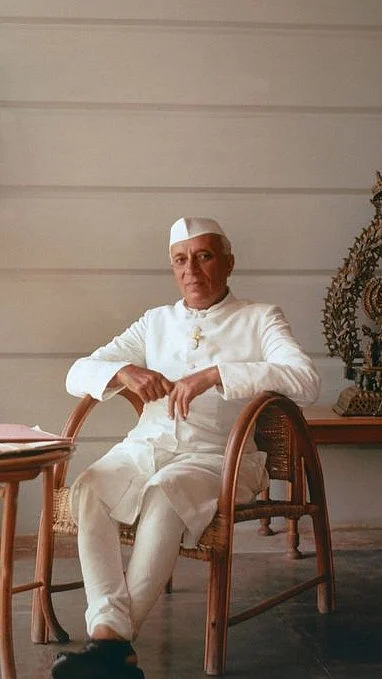Dussehra, also known as Vijayadashami, marks the victory of good over evil. On this day, people celebrate the triumph of Lord Rama over the Ravan, symbolising the victory of righteousness. Spotting a Neelkanth bird on Dussehra holds special significance in Indian culture.
Symbol of Good Luck and Victory
Witnessing the Neelkanth bird on Dussehra is more than watching a blue bird. The Neelkanth bird (Indian Roller) is believed to bring good luck. According to Hindu mythology, it is linked to Lord Shiva, who is often called "Neelkanth" because of his blue throat. After consuming poison during the churning of the ocean (Samudra Manthan), his throat turned blue, and he saved the world. The Neelkanth bird, with its blue feathers, is considered a reminder of Lord Shiva’s powers and blessings.

On Dussehra, the sight of the Neelkanth bird is thought to bring victory and success in personal or professional battles, just like Lord Rama's victory over Ravana.
Historical and Cultural Beliefs
In earlier times, kings and warriors would seek the blessings of Lord Shiva and the sight of the Neelkanth bird before heading into battle. They believed it would lead them to triumph over their enemies.
In fact, the scriptures also say that Lord Rama had seen a Neelkanth bird before he set out to kill Ravan. Hence, the bird is considered a sign of good luck. Over time, this belief became a part of Dussehra celebrations, as the festival itself is about overcoming evil forces.

Connection to Nature and Spirituality
Dussehra is also a time to connect with nature and the divine. Spotting a Neelkanth bird symbolizes the presence of spiritual energy and the natural world’s blessings, reminding us to live in harmony with nature. This bird is also called the farmer's friend since it acts as a pest controller, and farmers welcome a sight of this bird during this time.
Thus, seeing a Neelkanth bird on Dussehra is considered a positive sign of good fortune, victory, and divine blessings for the year ahead.











